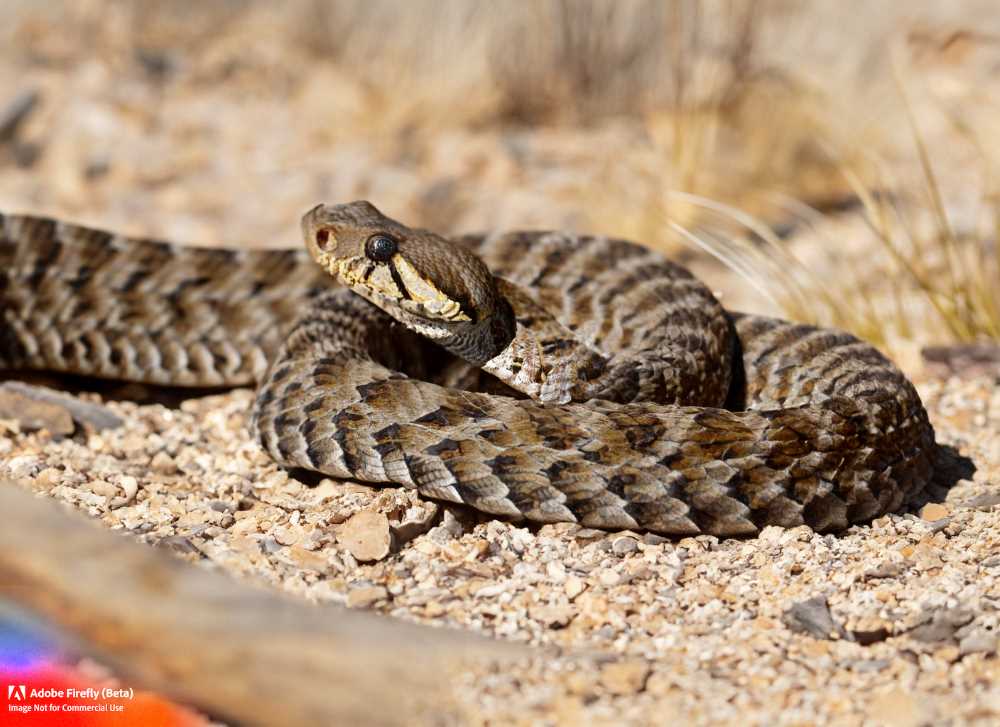The Venomous and Vital Rattlesnakes in Mexico
Discover the different species of rattlesnakes in Mexico, their habitats, and interesting facts about them. Learn about their unique adaptations and the important role they play in maintaining the balance of their ecosystems.





